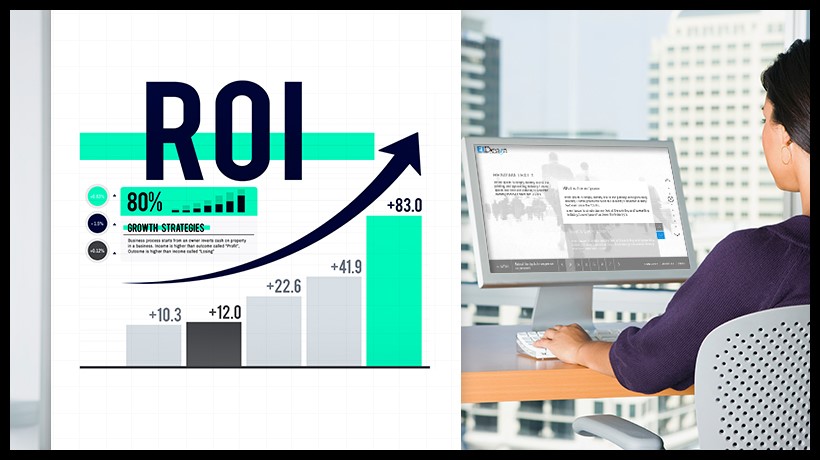
One of the biggest reasons in-person learning events have long been the leading modality for L&D teams is the built-in engagement that comes from having people in the same room. There is a wide variety of outcomes based on what these programs do with that engagement, but companies are hard-pressed to replicate it.
With the advent of the COVID-19 pandemic and the protracted absence of in-person learning, organizations scrambled to create engaging learning experiences that relied on digital and virtual environments. Simultaneously, other parts of the business were launching their own digital initiatives.
The balance of work-life and home-life shifted for some and turned completely upside down for others. All of this created a recipe to easily overwhelm a workforce where many people are still getting used to the idea of working from home in the first place.
Add to that the increased pressure from L&D to not only upskill and reskill the workforce, but to do it quickly, and many organizations are running into a brick wall of learner fatigue.
To prevent what occurred in so many organizations suffering the “Zoom fatigue” brought on by an endless stream of video meetings, L&D must take a more thoughtful, holistic approach to creating and delivering learning for a hybrid workforce. It starts with recognizing learning’s place in the overall employee experience and ensuring it is enhancing that experience rather than detracting from it.
Brandon Hall Group Smartchoice Preferred Provider EI has helped companies engage learners for decades and since the pandemic started, they’ve sharpened their focus to address the new dynamic. By always focusing on learners’ needs as a foundational piece of the process, EI helps clients navigate a dynamic environment to deliver effective content and learner experiences. Their approach is designed to ensure learning has the flexibility and accessibility to fit seamlessly into the remote work experience, whatever it may be. This includes:
- Enabling pull-based learning: Rather than driving a compliance-based push for learning, learners must be able to explore what’s available and relevant, choosing from learning that is available on-demand anytime, anywhere.
- Take a blended approach: Don’t simply replace one modality (ILT) with another. A blend of synchronous and asynchronous keeps everyone learning, regardless of where or when.
- Make it personal. When the Learner is connected to the learning, they are engaged and fatigue is less likely to set in.
- Immerse your learners. Immersive and experiential learning interactions also keep learners engaged and energized.
- Bring learners together. Leverage tools that allow learners to share and collaborate, which helps mitigate feelings of isolation in a remote workforce.
- Build learning for the flow of work: App-based learning and short-format content mitigate learning fatigue by offering small, targeted learning at the moment of need.
- Build in short breaks: Recognize the reality of learning fatigue and provide learners an opportunity to rest and reflect.
- Provide big-picture context. If there is no discernible connection between the learning and what the business needs, this disconnect only adds to the feeling of being overwhelmed and hence, learner fatigue.
To learn more about EI’s strategies for engaging remote learners, please take a look at their eBook: How to Engage Your Learners in the Remote Workplace Through Immersive Learning Strategies.



